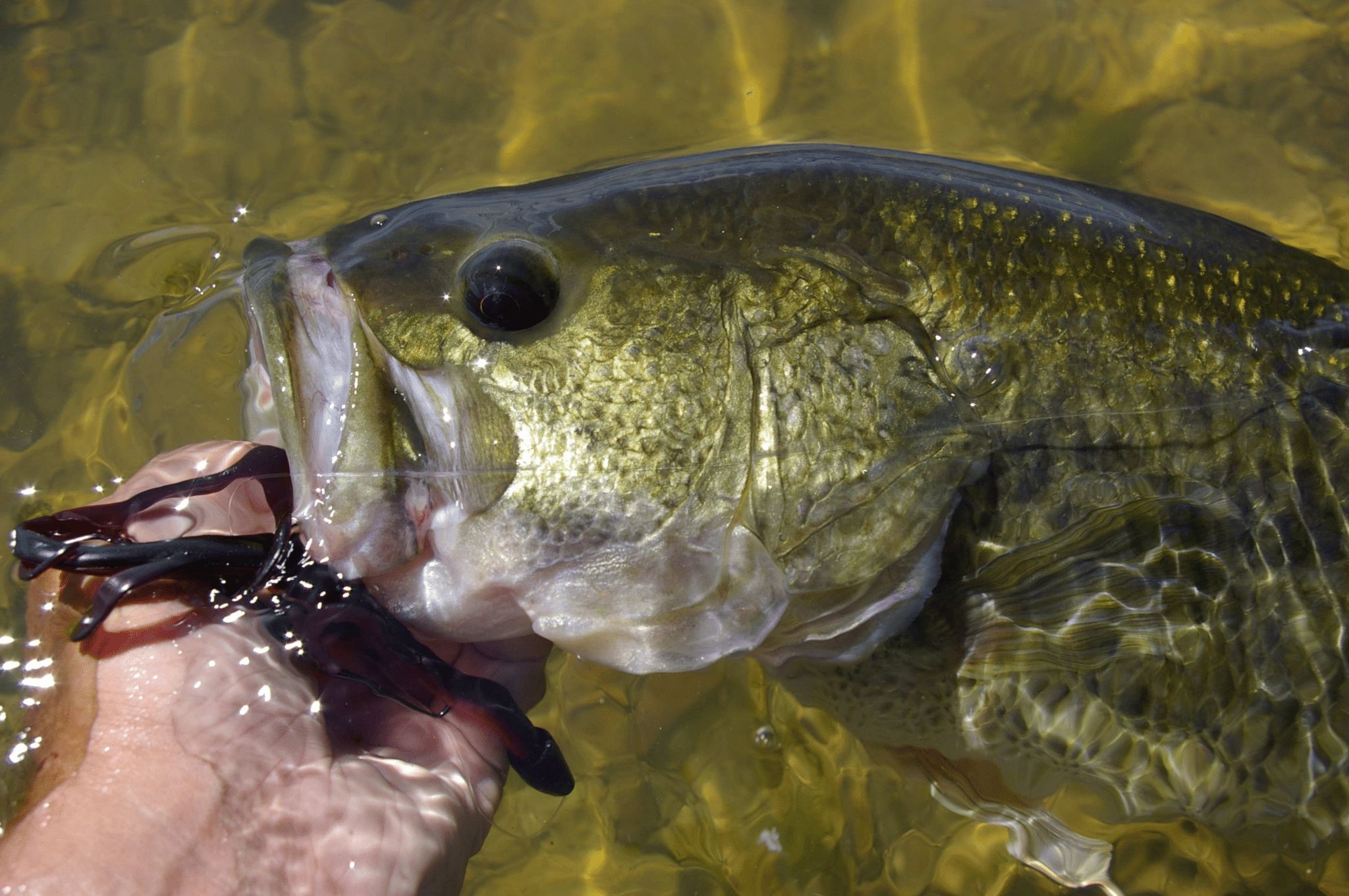Mastering the Fall Fishing Game

Mastering the Fall Fishing Game
Fall is quickly approaching, and we feel it all around us. From the shortening of the days to the cool mornings, to the leaves beginning to change on the oaks and the maples. The fish can feel it too. Fall is prime time to catch trophy fish. The fish have fed all spring and summer and have put on considerable size, and they’re still in their feeding frenzy. When it comes to fall fishing, there are some tactics you should employ to make the most out of your time.
This month can offer some of the best fishing Iowa has to offer and is prime time to catch a trophy fish. To capitalize on this golden opportunity, however, some strategic adjustments are necessary.
Decoding Fish Behavior
Understanding fish behavior is key to unlocking fall fishing success. As a general rule, fish remain in shallow waters as long as temperatures stay above 50 degrees Fahrenheit. Look for areas with structure variations, like shallow coves with quick drop-offs to deeper water. Baitfish congregate in these transitional zones, and trophy fish follow them closely. Bridges and structures that create currents also act as natural funnels, attracting baitfish and their hungry predators. Additionally, coves fed by distinct creek channels provide ideal ambush points for larger fish. The presence of brushpiles, rockpiles, or standing timber further enhances these prime locations.
Think Local
Knowledge is power, especially when it comes to fall fishing. Local bait shops are invaluable resources. Chat with the staff to glean insights on what walleyes or other target species are biting on, what techniques are working, and which lures are proving most effective. Don’t underestimate the power of local knowledge – it can be the difference between a frustrating day and a cooler full of fish. When choosing crankbaits and soft plastics, consider the forage fish in your target area. Shad patterns are excellent all-rounders, while crawfish and baitfish imitations can be more specific triggers. Don’t be afraid to experiment with colors – brighter hues often work well in stained water, while natural colors excel in clear conditions.
Strategies and Lures
Fall is the time to mimic minnows. Spinnerbaits, with their versatility and ability to cover large areas, are excellent choices. Opt for a mix of light and dark colors, including chartreuse, to increase your appeal. Jerkbaits, designed to mimic the erratic movements of fleeing baitfish, can also be highly effective when retrieved correctly.
For bass anglers, topwater lures remain productive as the water cools and settles. Poppers and buzzbaits are prime choices. As with all lures, color and size are important. Later in the year the size of baitfish and other food options has also grown.
Soft plastics resemble baitfish and come in various shapes and sizes. They are versatile and the lifelike action and ability to customize presentations make them deadly for enticing pressured fish. Try rigging swimbaits weedless for casting into heavy cover. I like to have a few sofft plastic baits like worms, craws, tubes, or any small option perfect for fall’s slower presentation style.
Crankbaits excel at covering water and triggering reaction strikes, this works well when covering lots of deeper water.
Paddle Jigs are perfect for casting around weed beds, rocks, or logs, where bass and walleye might be hiding. Experiment with trailer options like curly tail grubs or soft plastic worms to add extra action and scent.
By incorporating these various crankbaits, jigs, and soft plastics into your fall fishing strategy, you’ll be well-equipped to target fish at any depth and in any cover type. Remember, fall is a time for experimentation, so have fun, mix things up, and discover what works best on your local waters!
Slow and Steady Wins the Race:
As fall progresses and water temperatures drop, so does the activity level of fish. They become less likely to chase after fast-moving lures. Embrace finesse techniques and slow down your presentation. Pausing your retrieve can often trigger a reaction bite from fish that have been following your lure. Remember, the colder the water, the slower you should retrieve your bait.
Beyond the Basics
Fall fishing isn’t just about lures and techniques. Consider using live bait like minnows or nightcrawlers. As dusk approaches and the first shadows lengthen, don’t pack it in just yet. Shore or wader fishing can be remarkably productive during this low-light period as baitfish become more active, attracting larger predators. Fall in Iowa offers some of the best fishing of the year. By adapting your approach as the season progresses, you’ll be well on your way to unlocking the secrets of trophy fish and creating memories that will last a lifetime. So, grab your gear, head to your favorite Iowa fishing spot, and experience the thrill of the fall fishing frenzy!
by Jake Hunter
September 2024

